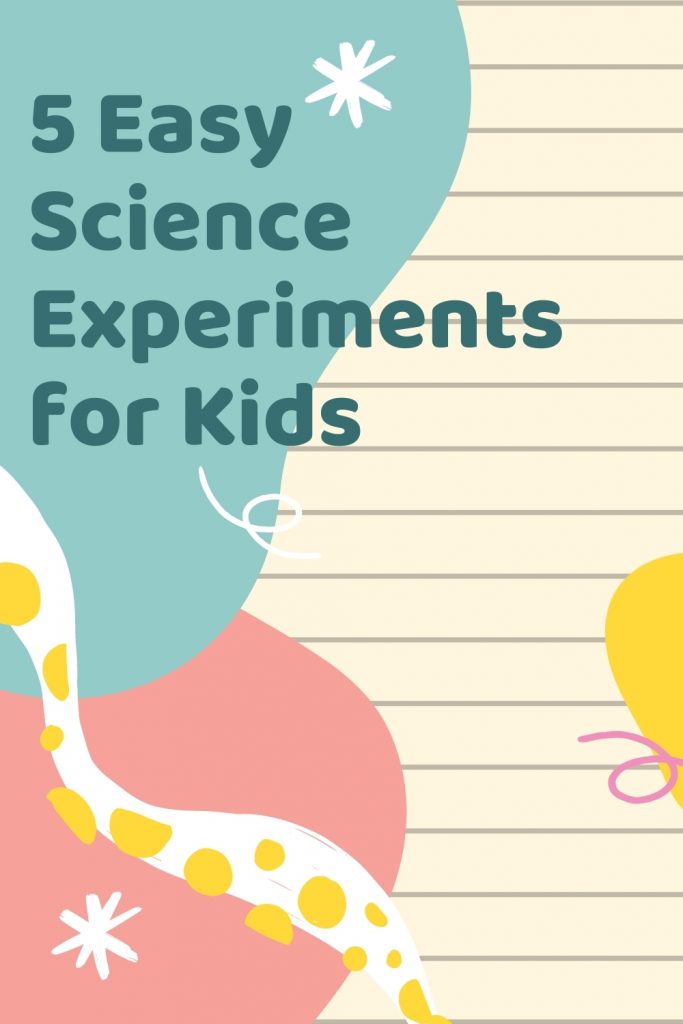
Incorporate STEM activities for kids into their day by putting together a simple experiment like one of these! Many items can be found right in your own pantry. These hands-on, engaging, and easy science experiments for kids are a fun way to learn scientific concepts through play. Take a look below and save these 5 favorite easy science experiments that kids can do at home.
How To Make Slime
Check out this post for my ultimate guide to slime including 5 different slime recipes!
Here is a basic recipe to create your own slime at home:
Ingredients:
- 1 bottle (4oz) school glue (white for opaque slime, clear for a more translucent slime, or even use a special edition glue like glow-in-the-dark or metallic!)
- 1½ cup water, divided
- ½ teaspoon Borax
- Optional mix-ins such as glitter, food coloring, acrylic paint, beads, etc.
Step 1: In a small bowl, mix 1 cup hot water with ½ tsp Borax. Stir until dissolved and set aside.
Step 2: In a medium-sized bowl, miix ½ cup of water and 1 bottle of glue. Add any mix-ins.
Step 3: SLOWLY add a few drops at a time of the diluted Borax solution into the glue mixture while stirring constantly until it begins to pull together. For a thinner, stretchy slime, use less borax solution. For a thicker slime, use more. Use your hands to finish kneading it together.
How to Make Oobleck
Oobleck is an easy science experiment for kids that doubles as a mind-blowing sensory experience! This fun activity never fails to leave Harper and Ethan squealing with amazement as they scoop up a handful of goo and squeeze it tightly into a ball only to have it run through their fingers when they open their hand. Is it solid? Liquid? Check out my Oobleck blog post on The Find by Zulily to find out!
An easy Oobleck recipe using only cornstarch and water:
Butterfly Life Cycle
Study a butterfly’s life cycle with this easy science experiment that is amazing to observe right in your own home! Here is the kit that we used. It includes a voucher to order a cup of caterpillars that will be shipped right to your door.
You will first watch the caterpillars eat and grow in the cup. After they crawl to the top and form chrysalides, set the lid in the netted enclosure. About a week later, watch butterflies emerge and let them go! Additionally, create log books to record changes including measurements, drawings, and written observations.
The kit can be reused to order new caterpillars any time you want to repeat the butterfly experiment.
Playful Fizzy Science
This open-ended version of the classic baking soda and vinegar science experiment is easy to set up and will keep the kids’ busy for hours! First, spread baking soda into the bottom of a flat container like a rectangular bin. In small glasses, a muffin tin, or paint tray, mix together vinegar and several colors of food coloring. Use spoons or mini pipettes to transfer the vinegar into the baking soda. The acid and base will react and release carbon dioxide bubbles. The kids can mix colors and see how they blend making it both scientific and artistic!
Grow your Own Crystals
Next, grow your own shiny crystals with this easy chemistry experiment! First, twist a metallic pipe cleaner into a small, tight, ball. Then lace a string or ribbon through the ball and set it aside. Mix together 2 cups boiling water and 1/4 cup Borax until it dissolves completely. Pour the Borax solution into a clear container like a mason jar. Attach the string to a pencil and submerge the pipe cleaner into the borax solution. Wait 12-24 hours; as the water cools a process called recrystallization occurs. Take a look at the video below:
Have fun learning!





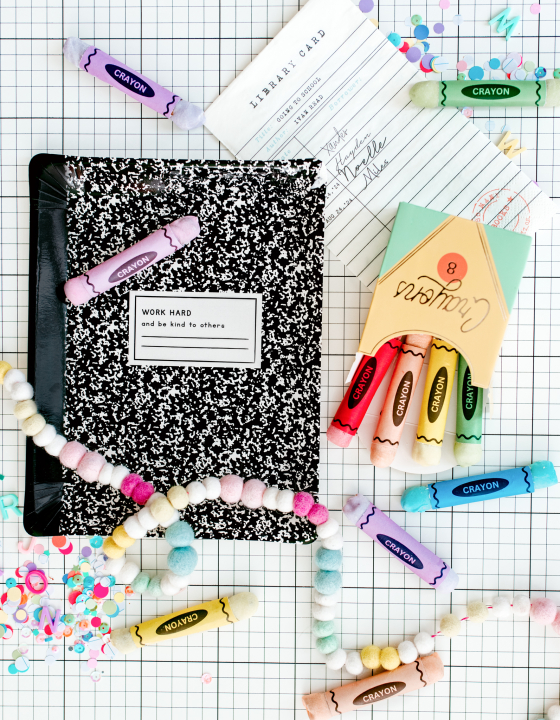
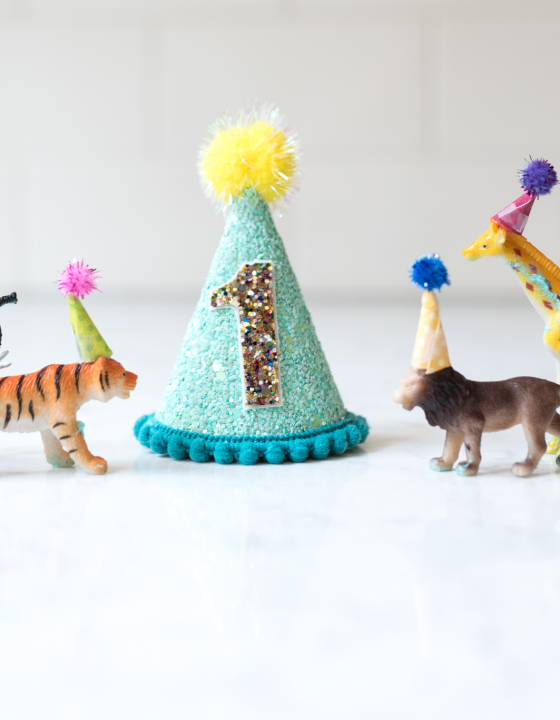

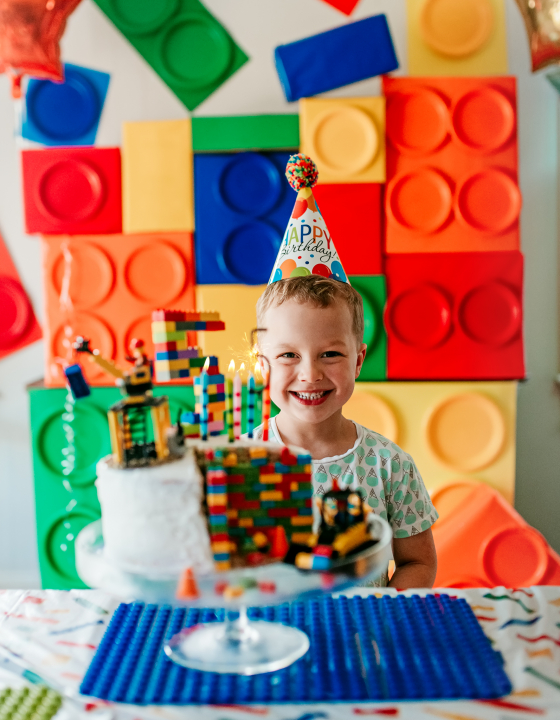


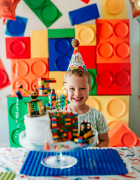
What do you think?